Postural kyphosis
Postural kyphosis is the most common type of kyphosis during adolescence. Postural kyphosis, or "round back", is the result of poor posture. This condition is most common in adolescents and young adults, as they often slouch when standing and sitting, causing the spine and head to curve forward.
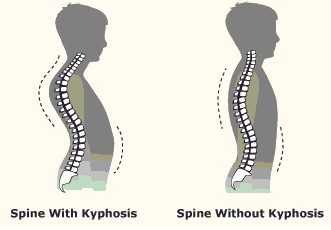
What are signs and symptoms?
The signs and symptoms of kyphosis vary, depending upon the cause and severity of the curve include:
- Rounded shoulders
- Forwarded head
- A visible hump on the back - the most common symptom in young
- back pain- in some cases with low back pain or neck pain
- back stiffness
- tenderness of the spine
- tiredness
Causes of postural kyphosis
There are a number of reasons why kyphosis happens, including:
- poor posture and slouching
- carrying heavy bags in children and juvenile
- congenital factors such as bone positions
- age – as people get older, spinal curvature can be increased because of hormone changes, osteoporosis and spinal vertebrae fractures.
Treatments of kyphosis
Treatment of postural kyphosis in juvenile are different from kyphosis in elderly subjects that particulary related to osteoporosis or fractures. Kyphosis in elderly subjects needs more consideration. But postural kyphosis in juvenile and young adults is easier to treat and deformity is reversible to normal. Treatments of postural kyphosis in young adults and juvenile include:
- Best treatment for mild postural kyphosis is education about how to sit and stand correctly.
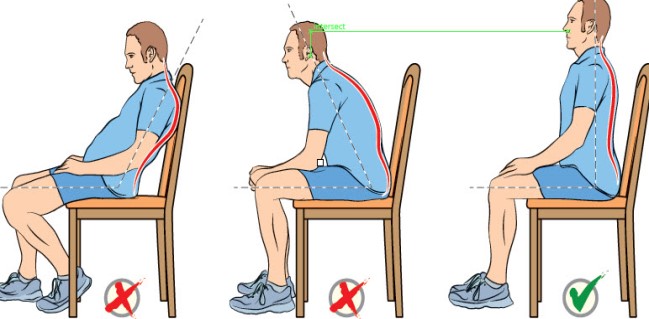
- Using clavicle brace can be effective as a kinesthetic reminder to correct alignment in a period of time
3- Massage to the upper back and neck can reduce pain and tension in the tight muscles.
4- Strengthening exercises for abdominal and back muscles are effective in correction of postural kyphosis. Some exercises include:
- Lay prone. Then bring your arm as high as they go.
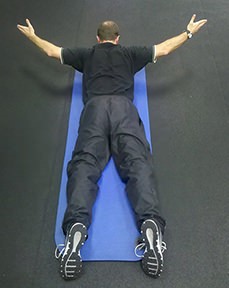
- Sit on the stair. Bring your shoulders back. Keep it for 10s and release.
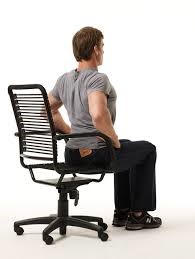
- Push up your head and upper trunk from the floor. Hold it 10 s. then repeat it.
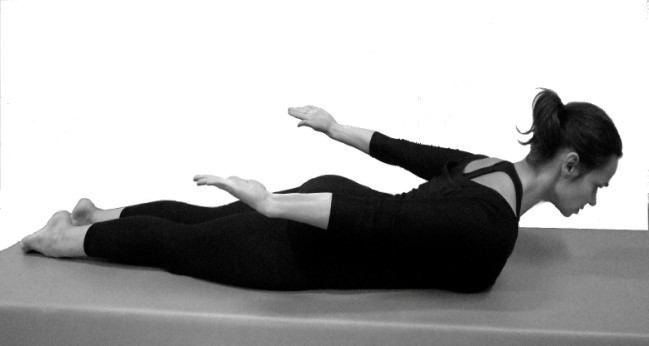
- Put hard foam on the floor. Put the roll under apex of your upper back. Place hands behind the head. repeat this exercise every 30 s.
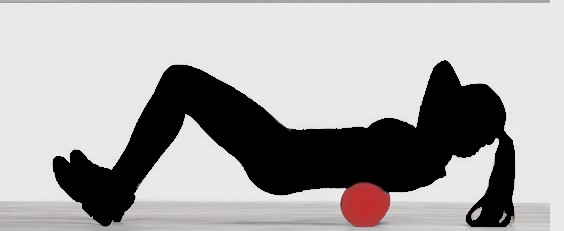
Can kyphosis be prevented?
Postural kyphosis can be prevented by encouraging your child to:
- avoid slouching. sit correctly – stand upright
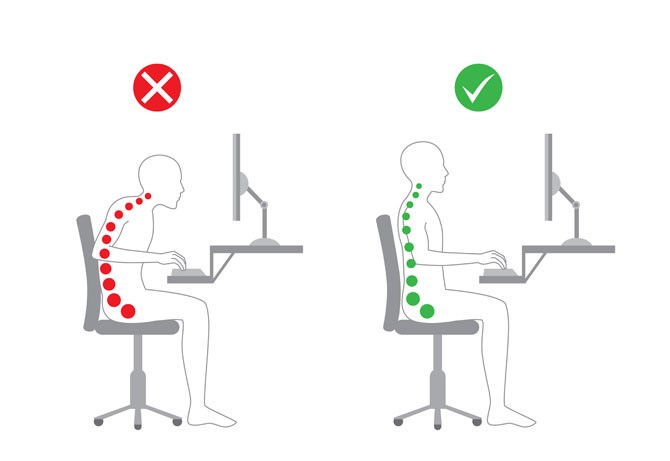
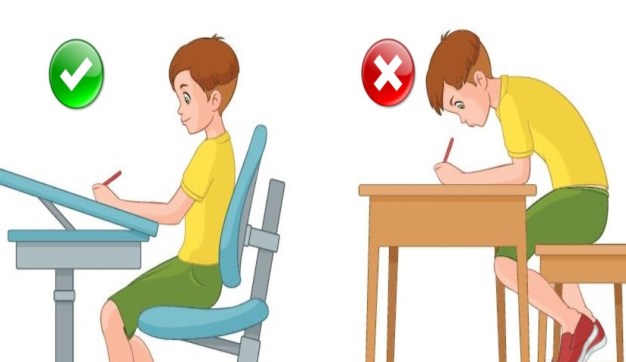
- Avoid carrying heavy schoolbags that can pull on the back muscles.
- Do not use back pack unilaterally. Schoolbags straps must be adjusted according height of children.
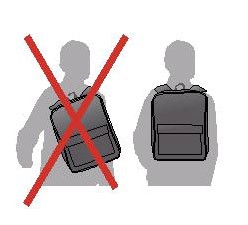
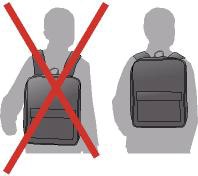
- take regular exercise to help strengthen the back and keep it flexible; activities such as swimming, running, walking are ideal for helping to prevent back problems
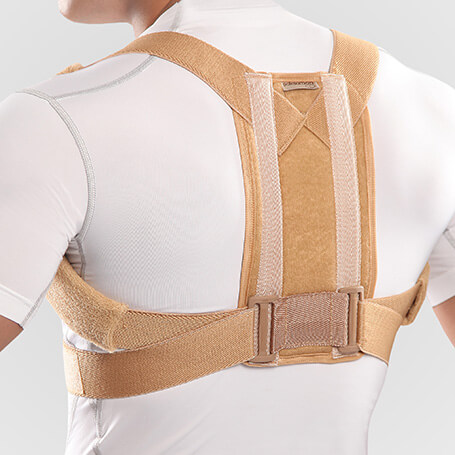
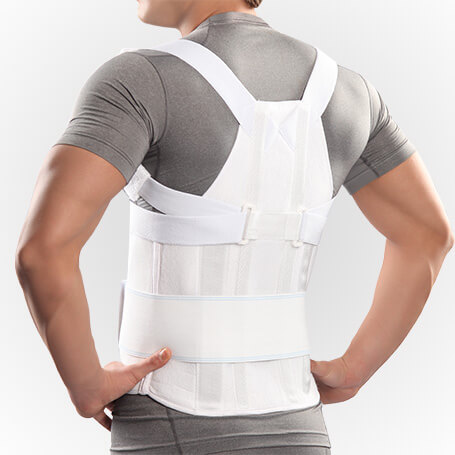
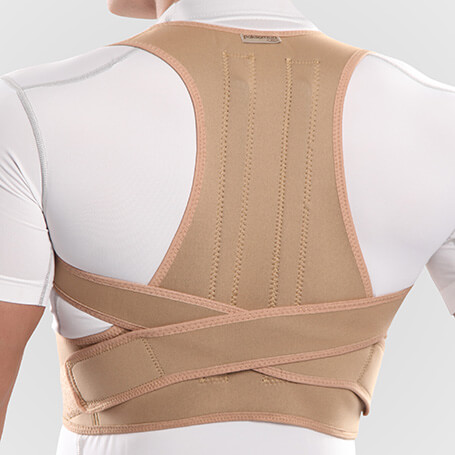
Your comment successfully stored, thanks. Unfortunately comment storage process failed.